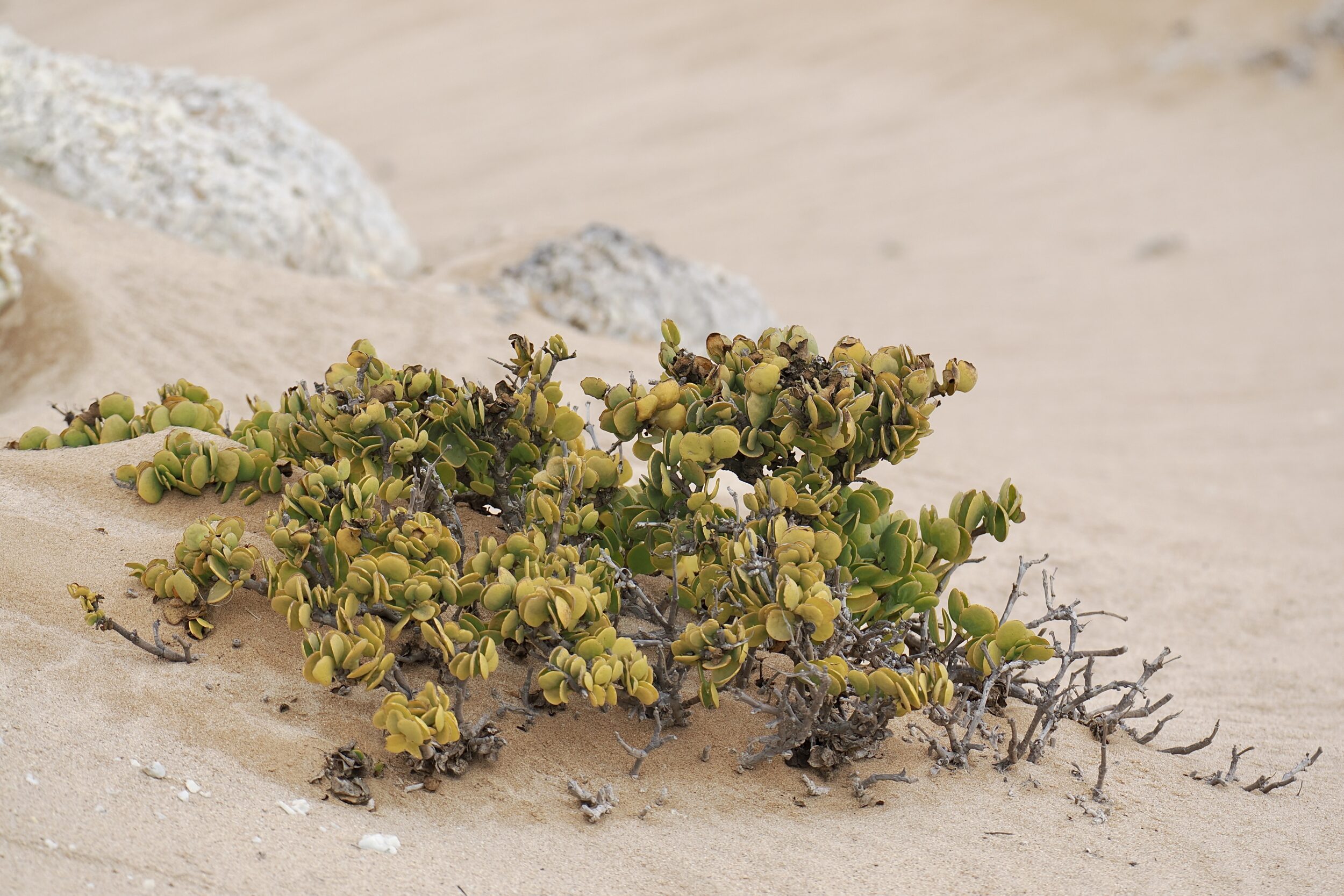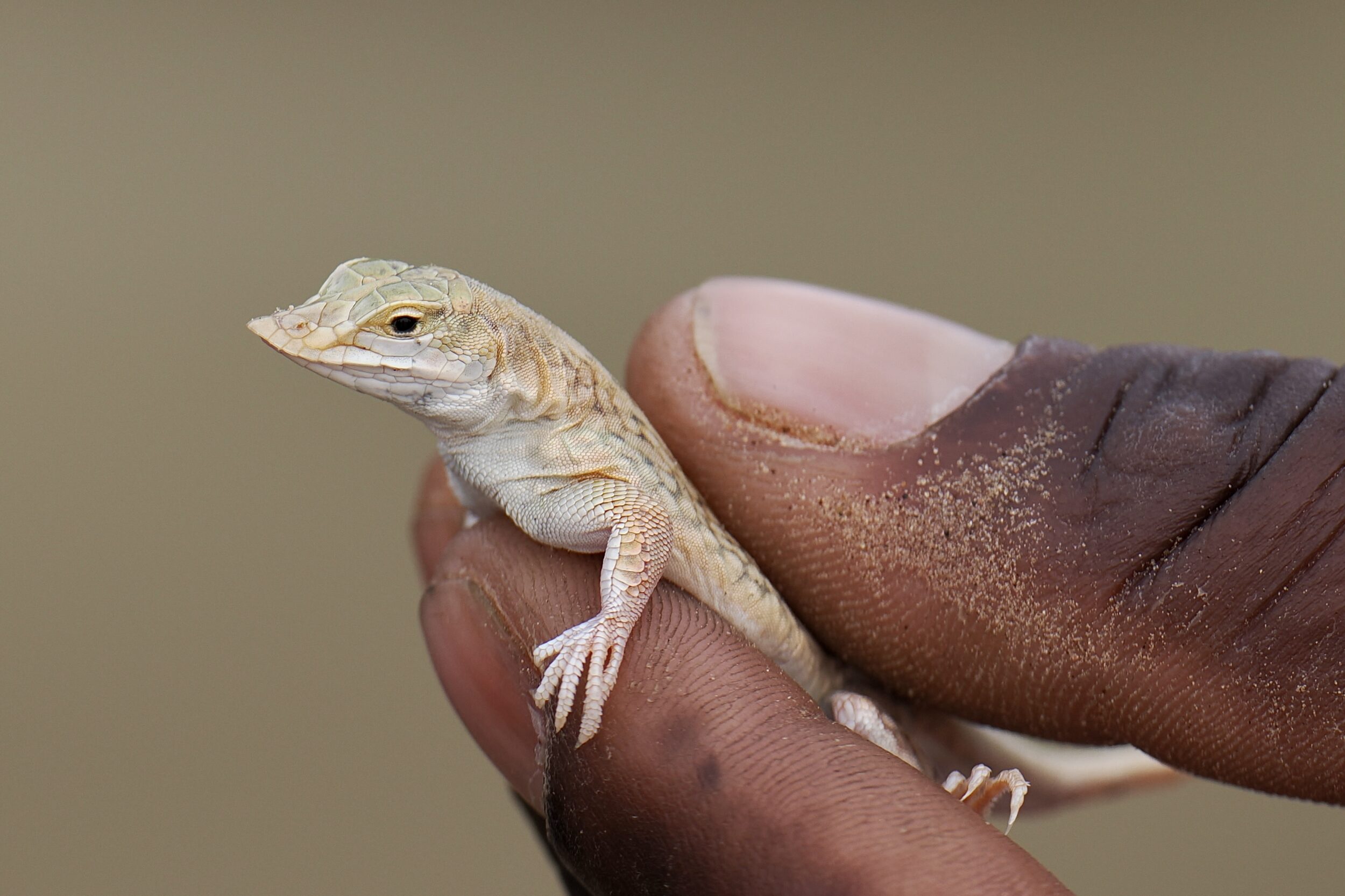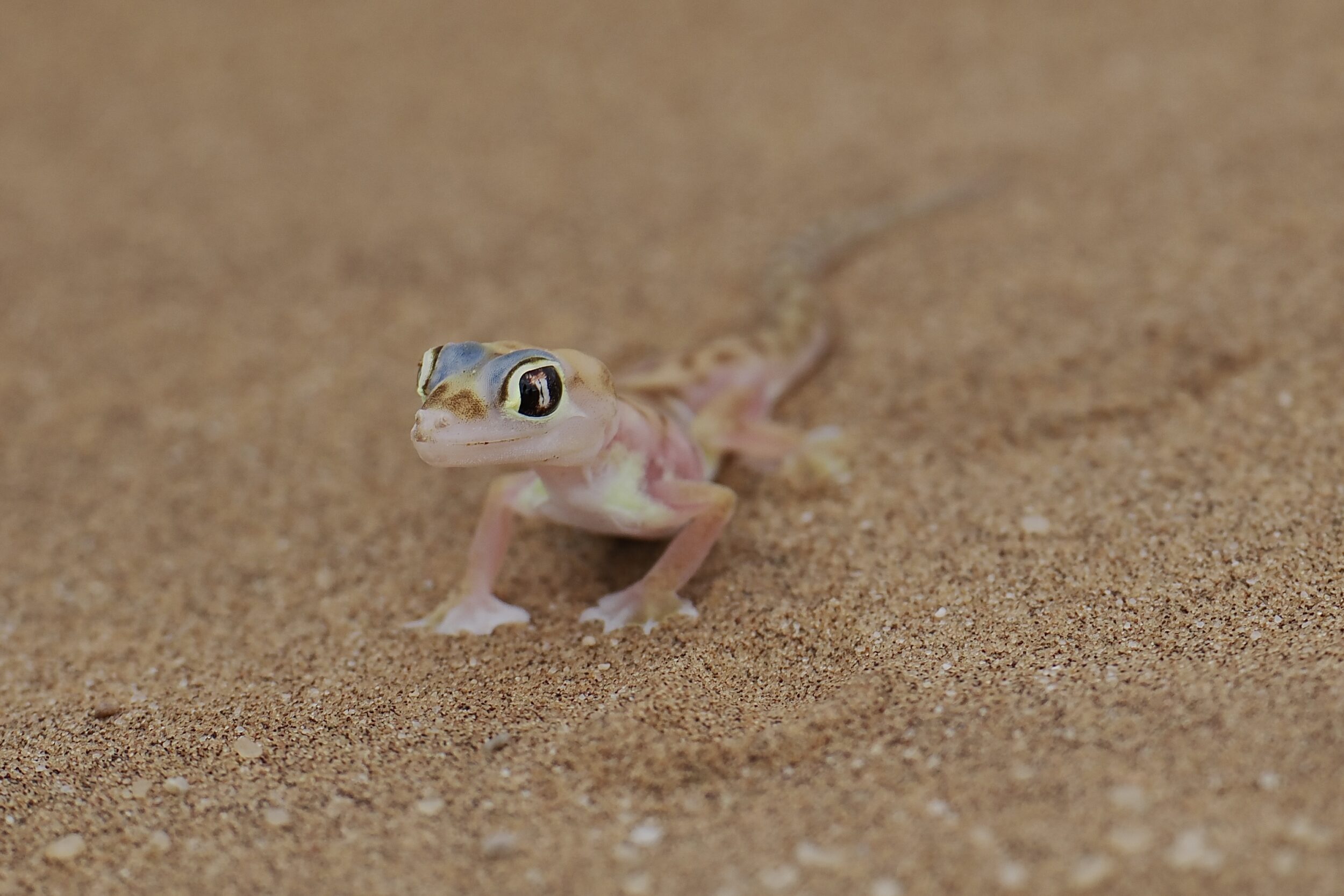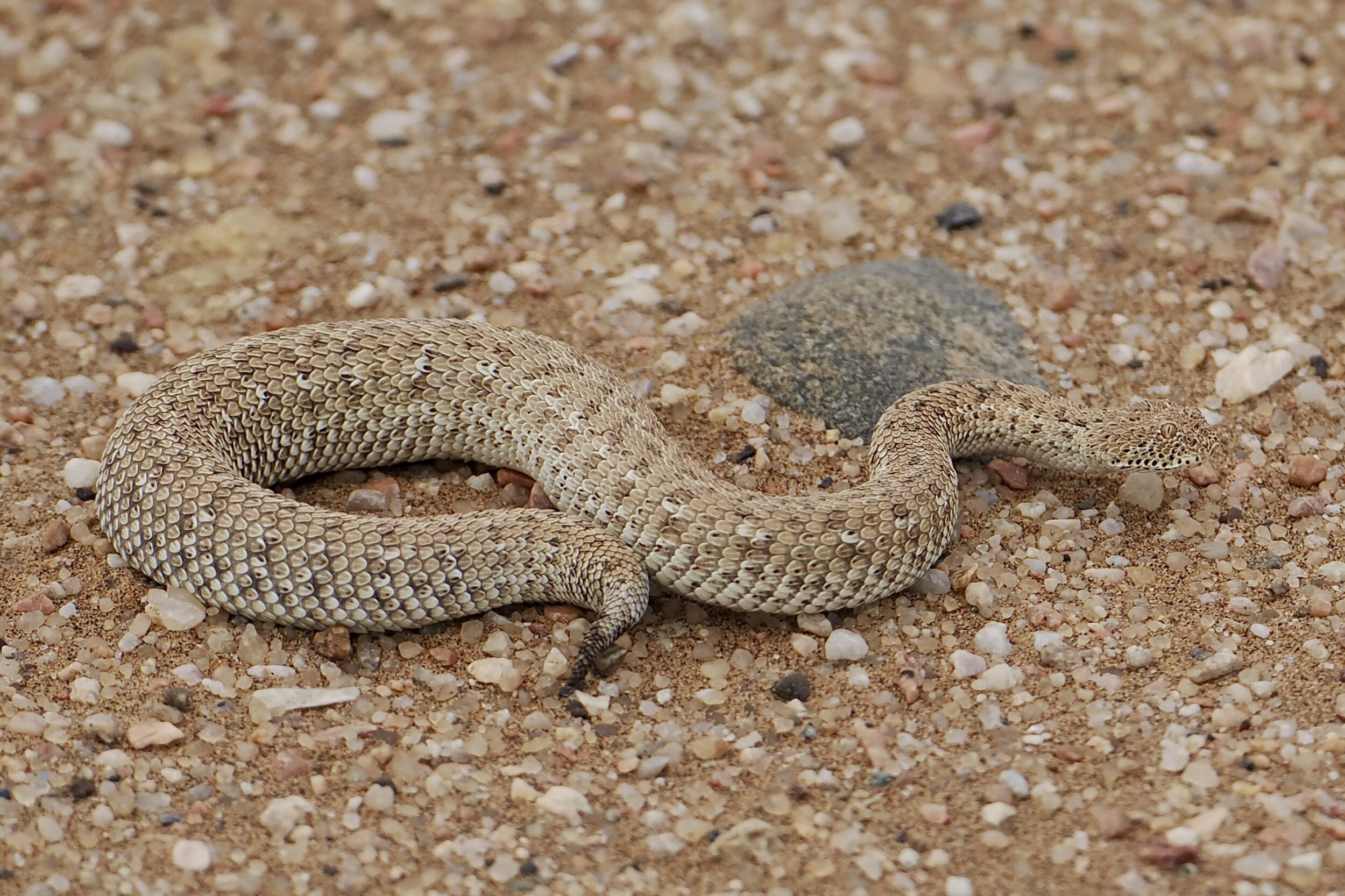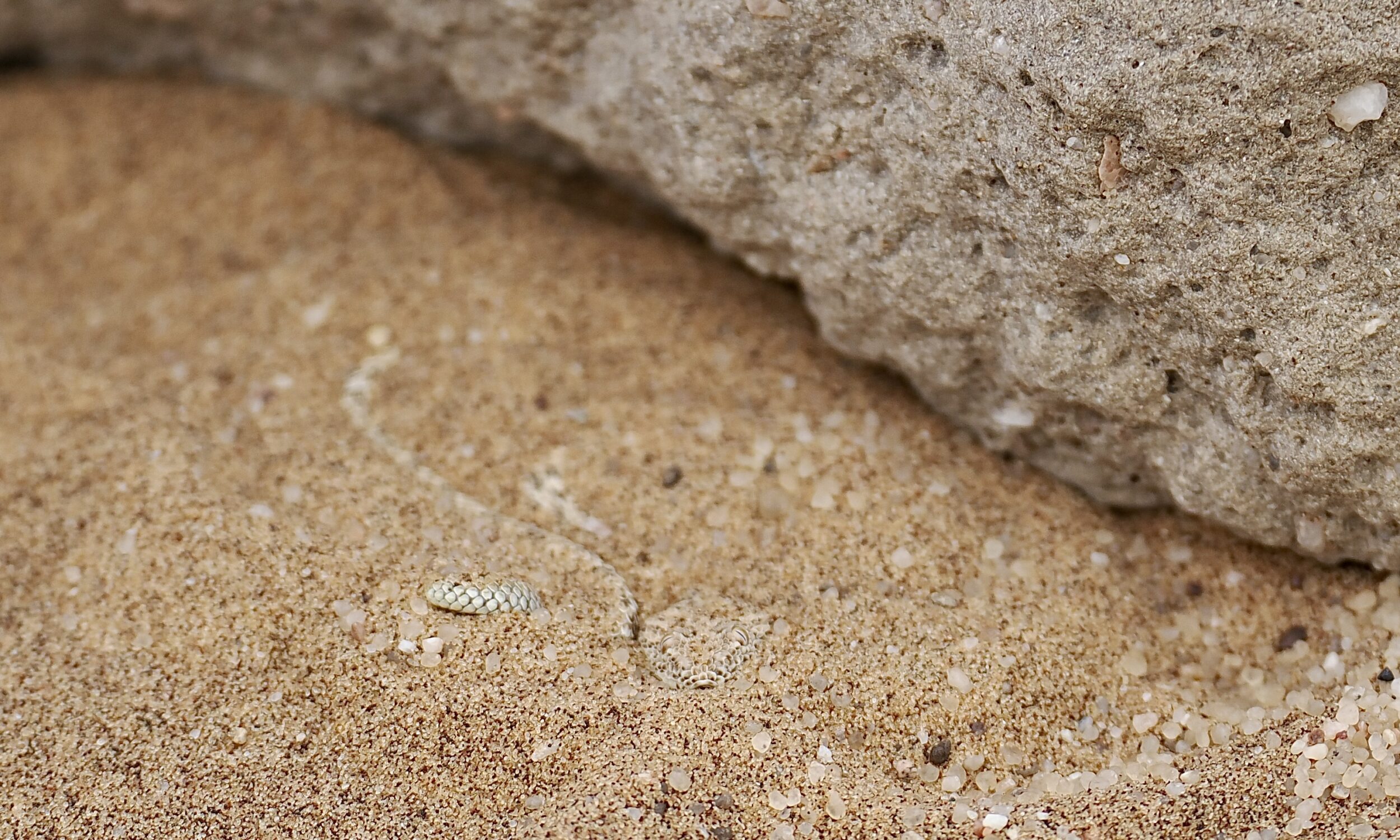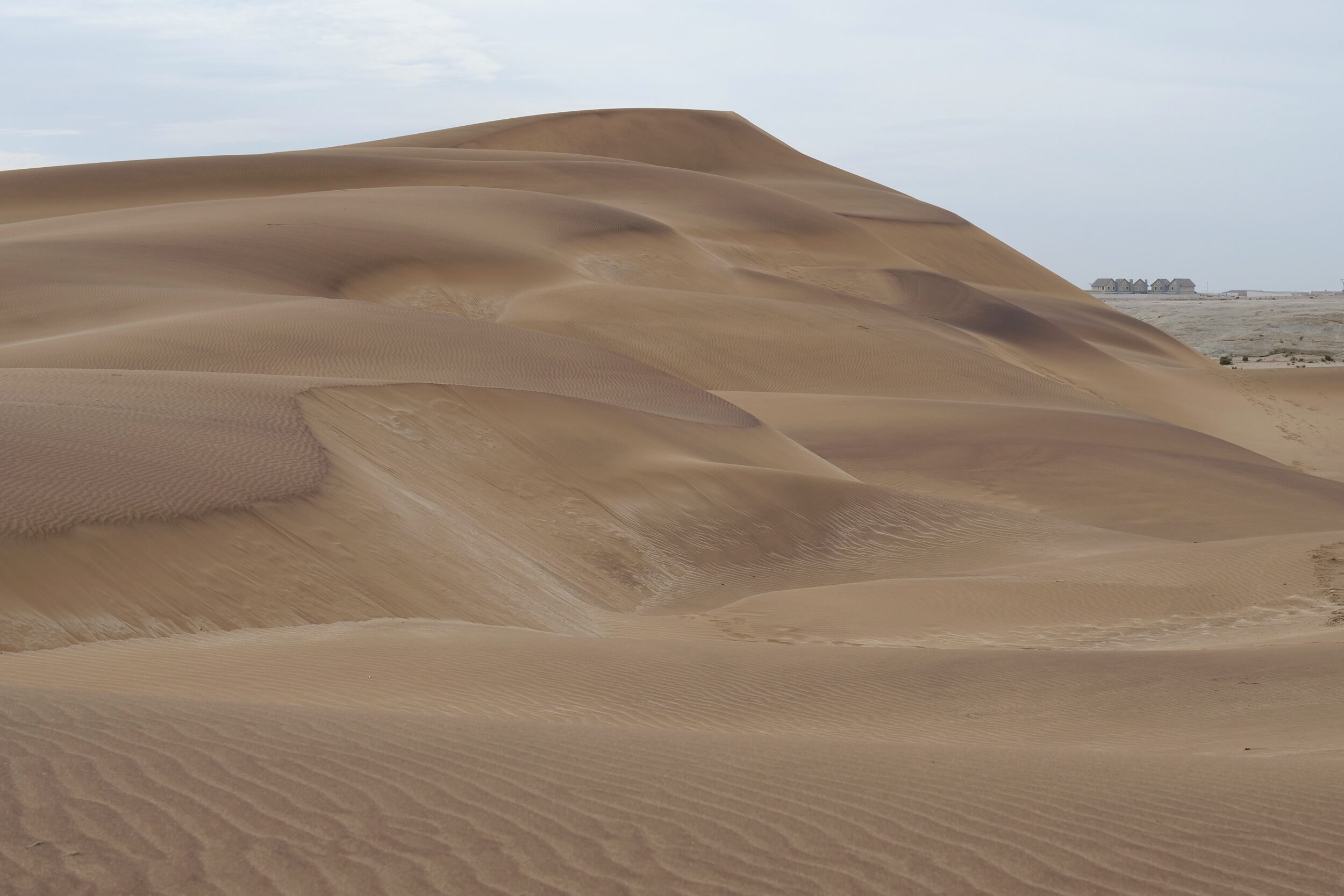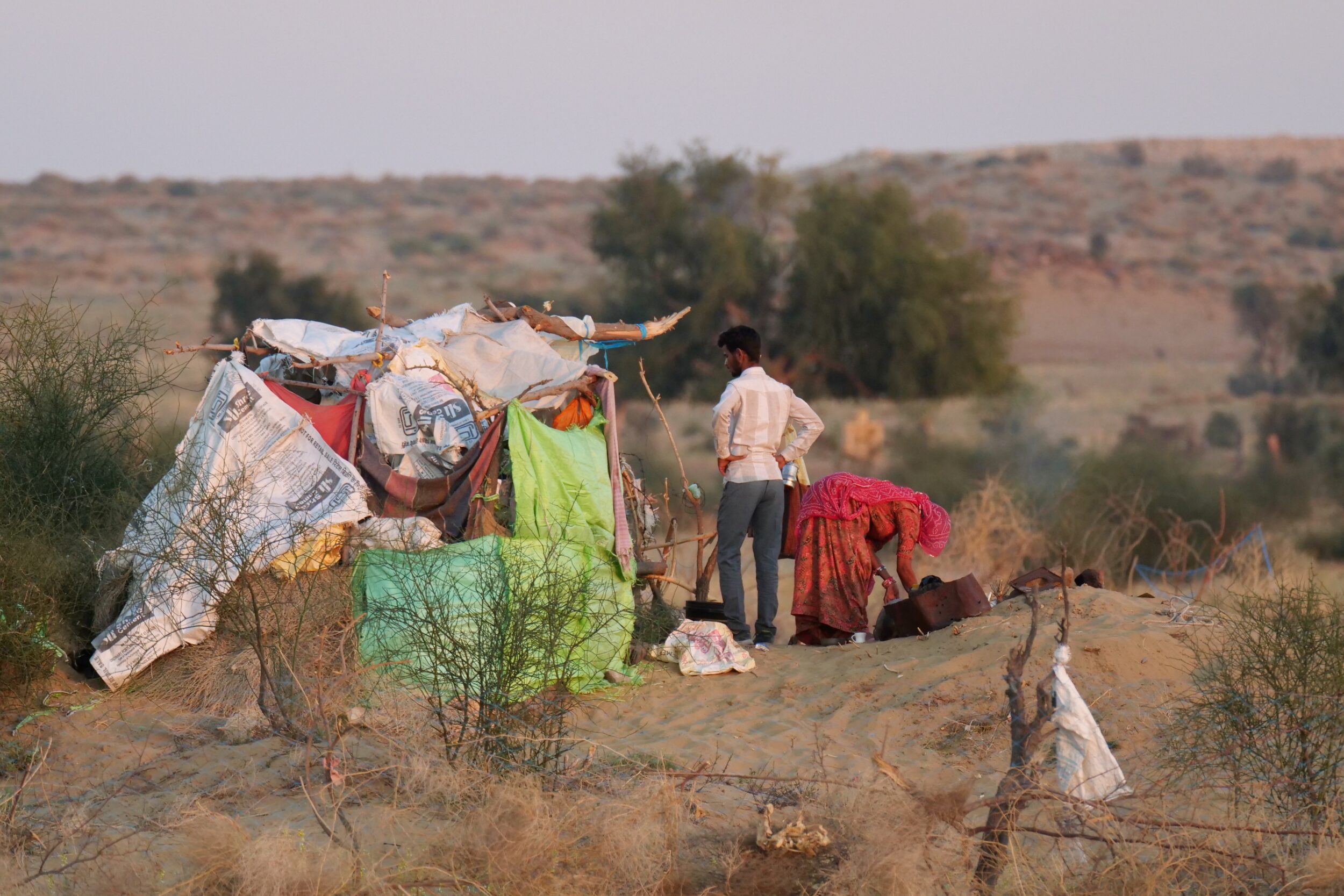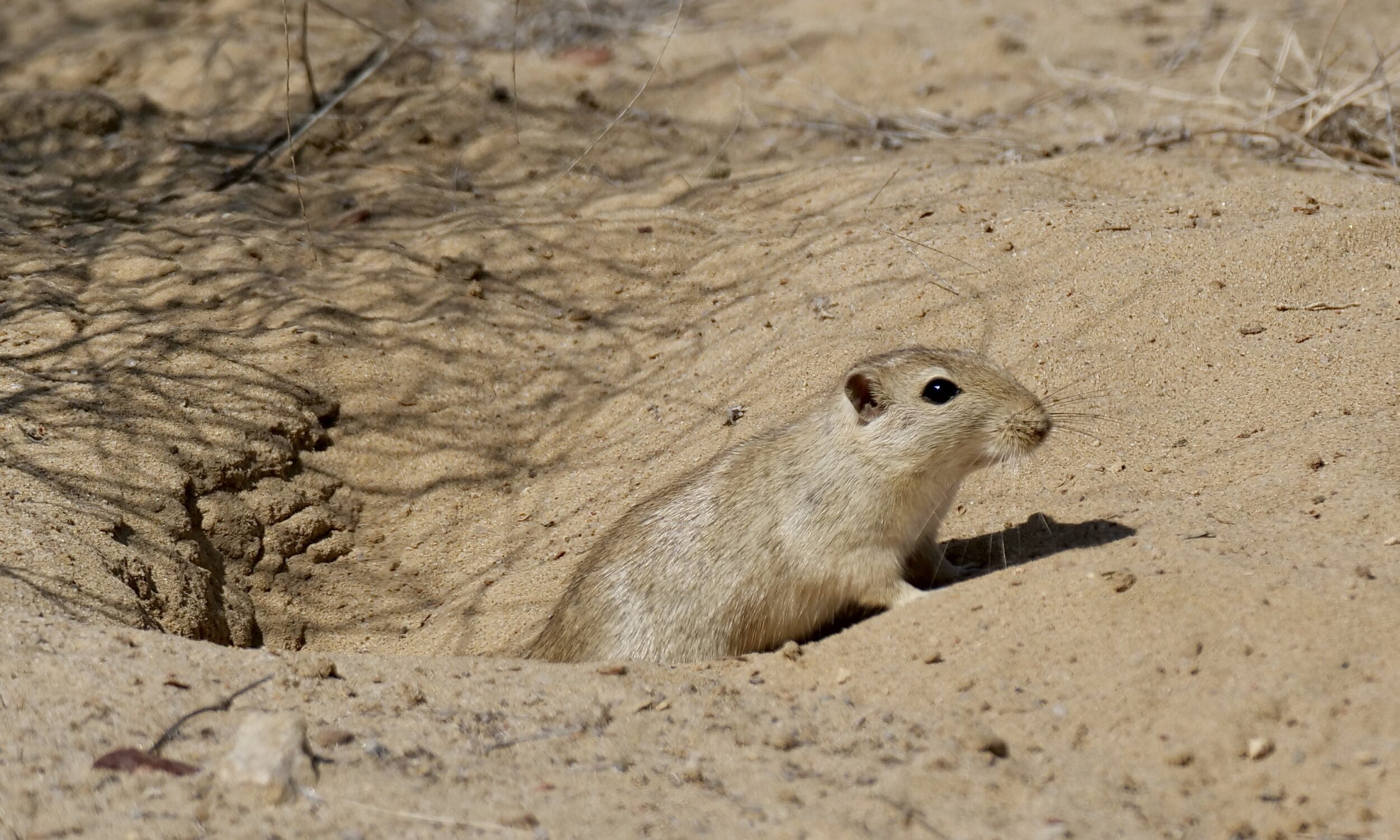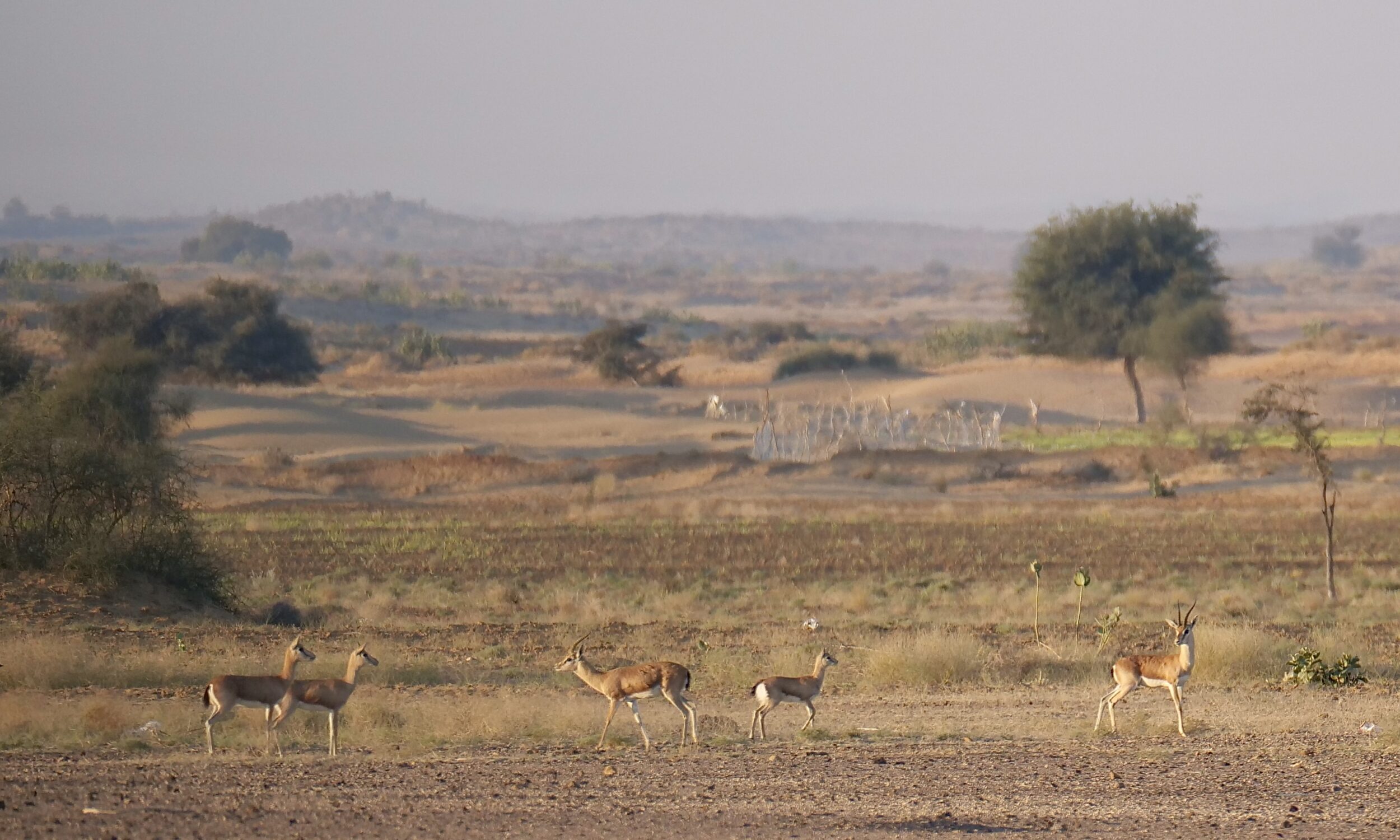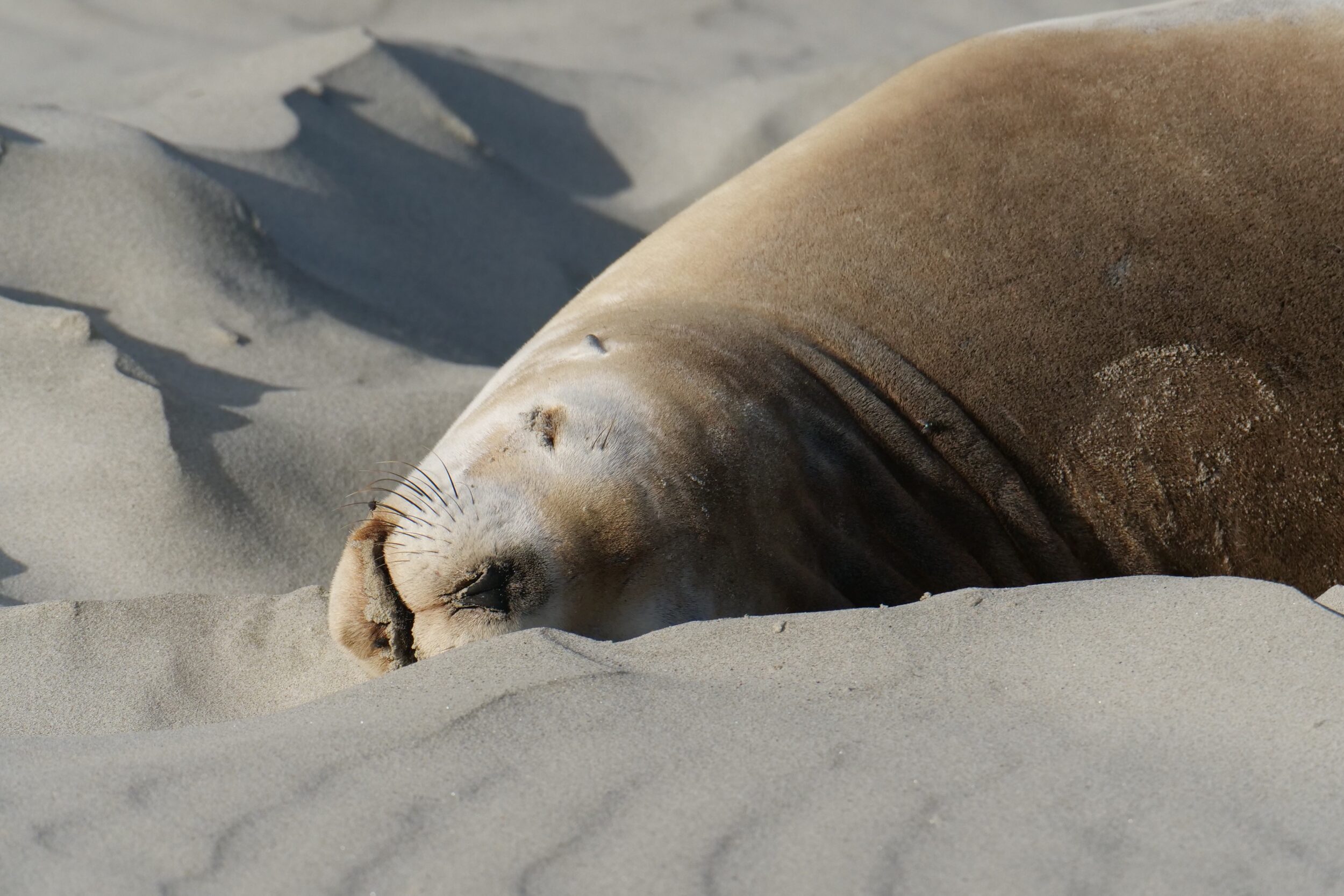The Namib’s plants are as astonishing as its animals.
We were just a few kilometres from the Atlantic Ocean, near Swakopmund, when I took this post’s photos, one November mid-afternoon.
Swakopmund’s “round figure” rainfall average for the month of November: 1 mm.
November is “infinitely” wetter than October!
Average October rainfall in Swakopmund: 0 mm.
Average total for the calendar year’s entire final quarter: 2 mm.
Q: how on earth can a very shallow-rooted, Namib-endemic shrub – one that often grows on the upper part of a dune – manage to survive? (and be a useful “emergency water source” for desert animals – parched humans included)
Comments closed